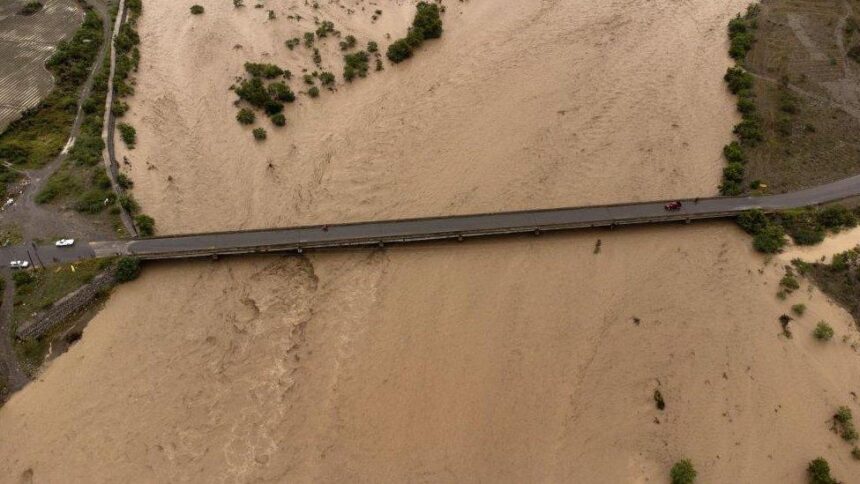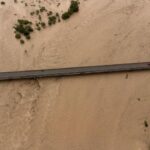As climate-related threats become increasingly urgent, the Dominican Republic is prioritizing prevention over response. In May 2025, dozens of national and municipal brigades were deployed to high-risk areas across the country to clean canals, inspect drainage systems, and reinforce flood defenses — all before the start of the heavy rain season.
Coordinated by the Civil Defense and local authorities, this nationwide initiative targets key regions such as Santo Domingo, La Romana, San Cristóbal, and Puerto Plata. Crews are clearing debris from drains, strengthening riverbanks, and deepening channels — all designed to minimize the likelihood of flash floods.
Community involvement is also playing a role. Volunteers have joined efforts to clean streets and distribute informational flyers on how to act in the event of a natural disaster. This proactive approach not only mitigates physical risks, but also fosters greater public awareness and preparedness.
“Shifting from reaction to anticipation is the only viable strategy in the face of climate volatility — especially in countries like the Dominican Republic, where dense urbanization meets limited resources,”
said Igor Bukato, international construction and infrastructure expert.
“What’s needed now is not just a raw constraction, but a risk foresight construction: flexible drainage systems, integrated urban designs, and the ability to act before the crisis hits.”
These efforts show that infrastructure resilience is no longer optional. The Dominican Republic plans to scale up these programs over the coming years, including the rollout of digital tools for rainfall monitoring and emergency planning.









